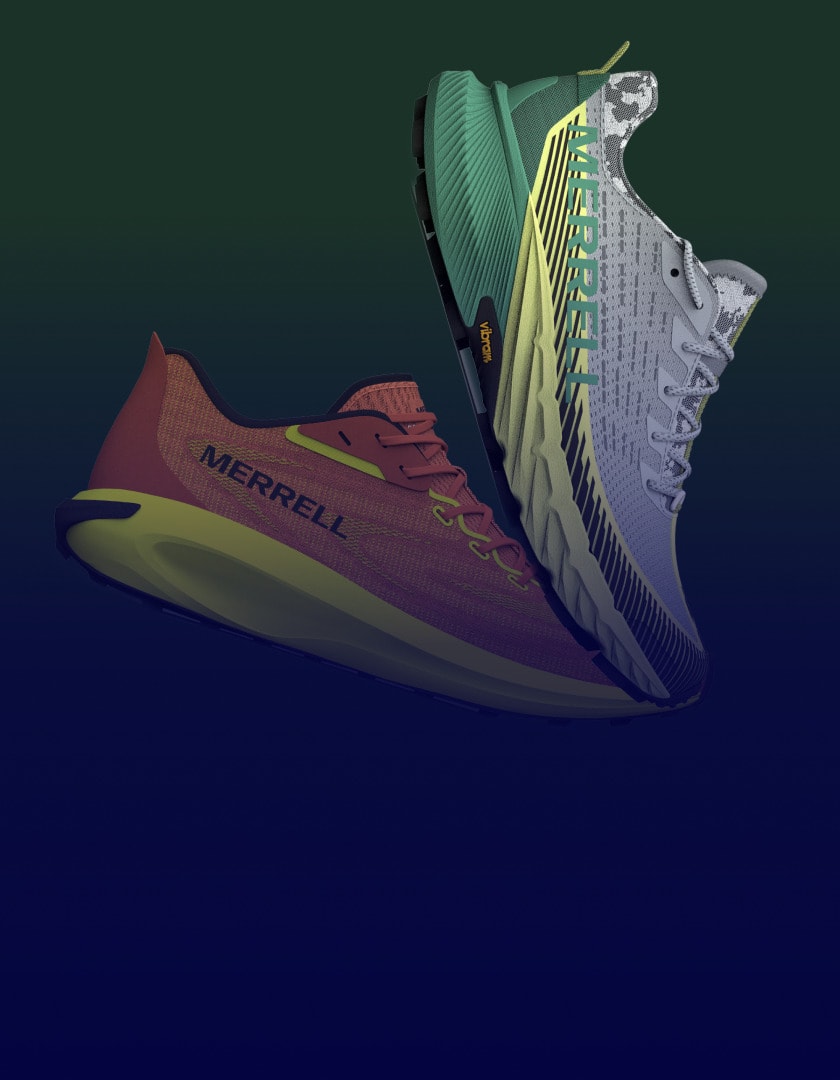Outgrowing Systems
“I did a lot with the old system that we were trying to just make work for us, but it pretty much broke at our most basic need, which was to be able to put in components and parts to build a BOM. We had, I think, too much stuff for what the system was built for.”
Project Manager Avery François describes the issues he ran up against with the previous PLM the company had in place prior to Centric PLM™. With 500 – 1000 components in many of their products, UPPAbaby needed a solution that would accommodate that. The company’s rapid growth exceeded the capabilities of spreadsheets and emails to run their product development, but the system they had implemented didn’t end up meeting their needs. Today, their workflows have been captured and automated, product information is easily accessible and in one central location. What journey did UPPAbaby take to get to this point?

UPPAbaby is Born
Based in Massachusetts, USA, UPPAbaby was founded in 2006 by a husband-and-wife team with backgrounds in research and development, operations, marketing, and sales. UPPAbaby produces high-quality strollers and car seats. Known for their quality, innovative and functional designs, the company grew by word of mouth—recommendations from discerning parents. They pride themselves on customer service and even developed car seats inspired by customer demand. The company espouses safety, comfort and ease of use in their products.
Centric PLM to the Rescue
Emily Paine Knickerbocker, Senior Materials Manager at UPPAbaby explains their process prior to any PLM. “We use a lot of different components in our products, and we do a lot of testing on those components. So we were looking for a solution to better track that, in a way that all of our project managers, the quality team, and our China team could access. Something besides a shared drive, which is basically what we were using.”
To replace the previous PLM system, UPPAbaby went back to the drawing board, carefully evaluating potential solutions that would meet their requirements. François says, “The other systems that we looked at, I think were built solely for hard goods. And our product is in a unique middle ground. We do a lot with hard goods and soft goods in separate SKUs, but also in the same product. So, we would have had to sacrifice one or the other.”
He continues, “After the situation with the last system, we saw more demos and some just kind of felt more like a smart Excel sheet, which didn’t really alleviate a lot of the problems we were finding. When Centric came in to do a demo for us and once we saw the capability of what it could do, we were all pretty much sold.” Says Knickerbocker, “There was another company that we were strongly considering, but we would have had to mold it into what we needed it to be, vs. Centric, which is already what we wanted.” UPPAbaby selected Centric PLM.
Getting Up and Running
The implementation was fully remote. François says, “We were extremely happy with our Centric project manager. So far, the system has been pretty good. A few little issues were resolved relatively quickly. The people who hadn’t been a part of the implementation needed to really understand Centric but once they saw it, they were all also on board and pretty excited about what we can do in Centric, what it looks like, the reporting capabilities, all of that.”
They were also satisfied with the training. “The training was a lot more adequate with Centric than it was with any of the other systems. We all ‘got it’ since a lot of us were a part of the implementation ourselves. And then we dispersed to train our own departments. It seems like it happened a lot quicker because there was at least one person who was in the implementation, doing some of the training. We were all in the system in our US office within a few weeks of going live. And have been using it daily with no real issues,” François says. He sums it up, “Overall, a good experience.”

Everything in One Place
François mentions the benefits of having Centric PLM up and running. “Hands down, knowing where everything is in one place. Before we had to go to our server, know which spreadsheet to find, possibly having to find two or three spreadsheets to get all the information you need. And then sometimes having to go to someone else to get that information—where now all of it is in Centric.” Knickerbocker agrees, “Yes, all in one place. Test reports are easily accessible; no more having to look in the shared drive and try to figure out what somebody might have named the file, things like that. It just makes looking for anything about the components so much quicker.” She continues, “It probably took over five minutes prior to Centric PLM to get to my test reports, whereas now it’s literally just right there!”
Another advantage is not having to repeatedly update information and the schedule. Says François, “It goes hand in hand with the first benefit—I’m only having to update everything once. Because not only were we having to dig through spreadsheets to find the information we needed, we also had several spreadsheets for different purposes that we were revising, with the same information sometimes. So now, it’s all updated once and linked within Centric.”
Also, by adding the right data fields into PLM, the information coming from their factories will be more complete and arrive sooner instead of having to email back and forth. Knickerbocker says,
We would get emails with some information and we’d reply back and ask for what’s missing, whereas in Centric, everything we need is there.
Spreadsheets Be Gone
A number of spreadsheets have been eliminated. Knickerbocker estimates that anywhere from 5 – 10+ centralized, group spreadsheets that used to be critical for information sharing and collaboration have now been retired. “I probably got rid of 10 easily. There’s still a few out there that we are using with our team in China, but again, once they are in the system, we won’t have those anymore either.”
With PLM modules addressing product specification, materials management, style management, sampling, product sourcing and costing, quality, WBS and more, UPPAbaby has resolved their immediate concerns and set themselves up for success in the future.
New to Centric PLM? Learn more
What is Centric Pricing & Inventory? Learn more
What is Centric Market Intelligence? Learn more
Centric Visual Boards Learn more















